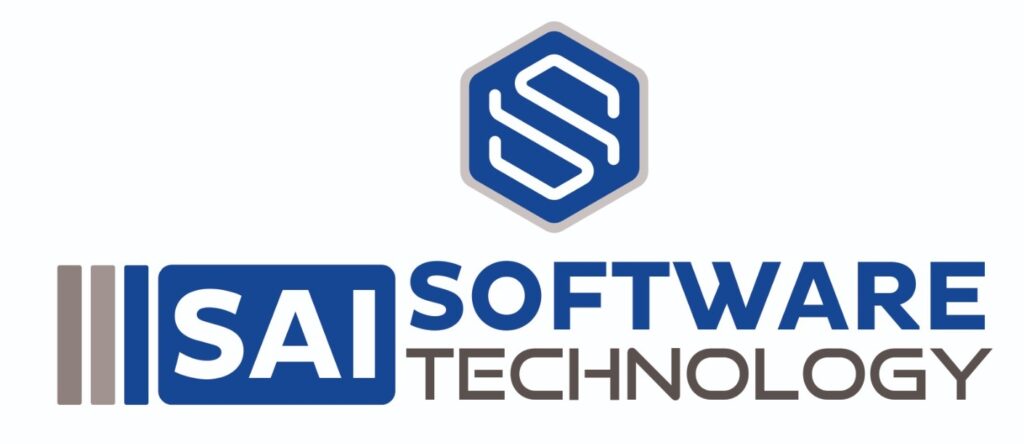Black Box
In a cloud penetration test, an attack scenario is simulated where the testers are placed in a situation where they have no prior knowledge of your cloud systems and do not possess any access to them. This approach replicates the conditions of a real-world, external threat, allowing testers to evaluate the cloud environment’s resilience against potential unauthorized access or intrusion attempts.
Gray Box
During cloud penetration testing, the testers might be granted restricted administrative privileges and possess limited user and system knowledge. This approach allows for a controlled assessment, simulating scenarios where individuals with certain levels of access and familiarity are involved, providing a comprehensive evaluation of potential security vulnerabilities and weaknesses within the cloud environment.
White Box
Cloud penetration testers are provided access to cloud systems at the admin or root level. This level of access enables testers to thoroughly assess and identify security vulnerabilities, evaluate the system’s resilience, and simulate potential high-impact security breaches.


